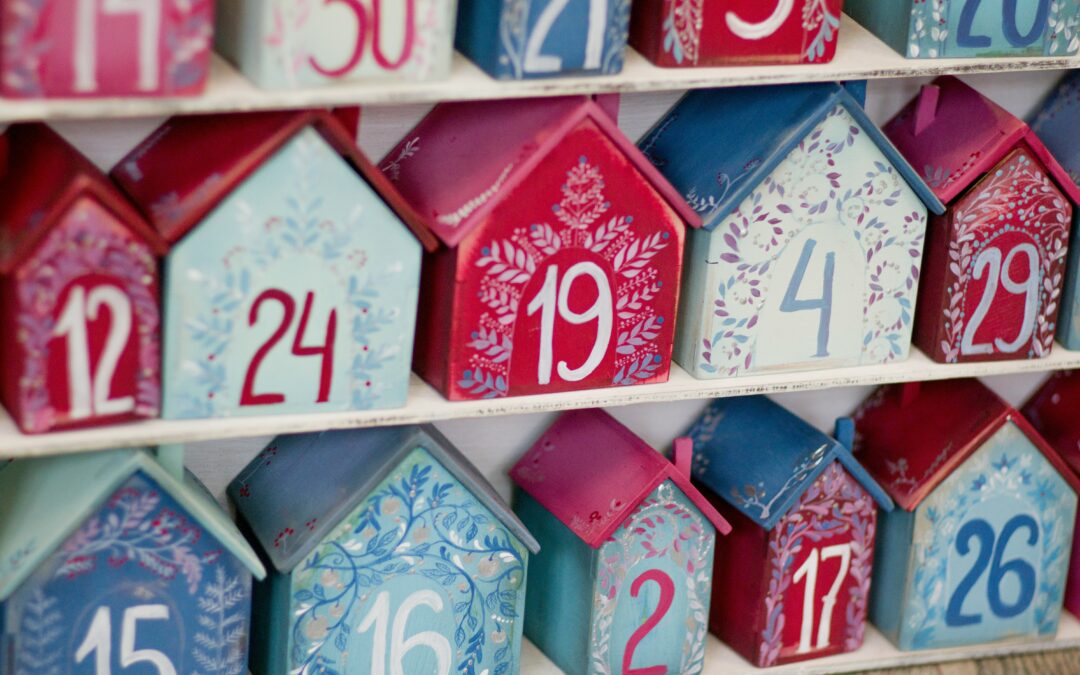From broomsticks to designer Oreos, it’s been a strange few days in the marketing and advertising world. Catch up on the most noteworthy marketing news this week in our Weekly Must Reads.
Oreo Goes Supreme
Last week, Oreo tweeted out a photo of a red, Supreme-branded cookie and the message, “Dropping soon,” to announce its new partnership with the streetwear brand. The cookies, featured as part of Supreme’s 2020 line, first debuted at the brand’s New York stores on Feb. 20 and were sold for $8 for a three-pack. Within days, the packages popped up on eBay and were marked up to $17,000. By comparison, a regular 36-pack of Oreos retails for $3.99.
While Supreme has a cult following who will pay top dollar for their products, other people criticized the high prices. One Twitter user commented, “Can’t wait to spend my rent on cookies.” Do you think Supreme will suffer from the cookie criticism, or will it strengthen their reputation as a luxury, edgy brand? Check out all the details here: https://adage.com/article/digital/supreme-oreos-are-coming-not-everyone-fan/2237551
The Moldy Whopper
Think advertising is always glamorous? Burger King’s latest campaign begs to differ. Burger King recently posted a time-lapse video that shows the decomposition of its preservative-free Whopper sandwich. In the 45-second clip, the sandwich wilts, fades, grows mold and eventually transforms into a disgusting, fuzzy, 34-day-old burger. The video announced Burger King’s move away from all artificial ingredients, as the brand plans to have the all-natural Whopper in every US store by the end of the year.
The new campaign joins other socially conscious initiatives from fast-food brands, such as McDonald’s switch to fresh beef and Popeyes’ commitment to higher welfare standards for poultry. Read the full story and let us know if the moldy Whopper is advertising gold, or just plain gross: https://www.businessinsider.com/burger-king-moldy-whopper-ad-campaign-showcases-no-preservatives-2020-2
Kelly Clarkson Joins Wayfair
Wayfair, you’ve got just what Kelly Clarkson needs. Last week, the furniture e-commerce site announced Clarkson as their brand ambassador and face of their new campaign. The campaign will include digital and TV ads, a furniture collection chosen by Clarkson and features on The Kelly Clarkson Show. According to Wayfair’s co-founder Steve Conine, they chose the star for her authenticity and ability to reach their target audience of 45- to 55-year-old women.
The new campaign hopes to show potential customers how simple buying furniture online can be. It clearly hasn’t been too much of a struggle for consumers, though. Online sales of furniture and home goods accounted for more than 20 percent of all US retail sales in 2019. Find out more about the campaign here: https://www.marketingdive.com/news/wayfair-taps-kelly-clarkson-as-brand-ambassador-for-fresh-campaign/572711/
The Spread of Viral Hoaxes
If you hopped on social media on Feb. 10, you probably saw some of your friends testing out the latest viral theory: the broomstick challenge. Users marveled at their ability to stand up a broom on its own, and credited the phenomenon to temporary change in gravitational pull. Scientists quickly debunked the theory, explaining that brooms stand on their own 365 days a year, but thousands still fell for the hoax.
People quickly traced the challenge back to a social media user who falsely attributed the claim to NASA. A number of other popular hoaxes, including the idea that the Earth would go dark for 15 days in November, also gained legitimacy by linking themselves to NASA. When audiences view a brand as trustworthy and reliable, it’s easy to use that reputation to get people to buy in to false information, especially on the Internet. Learn more about how and why we continually fall for viral hoaxes here: https://www.forbes.com/sites/marshallshepherd/2020/02/12/why-people-fall-for-viral-hoaxes-like-the-broomstick-challenge/#cf2eec269842





0 Comments